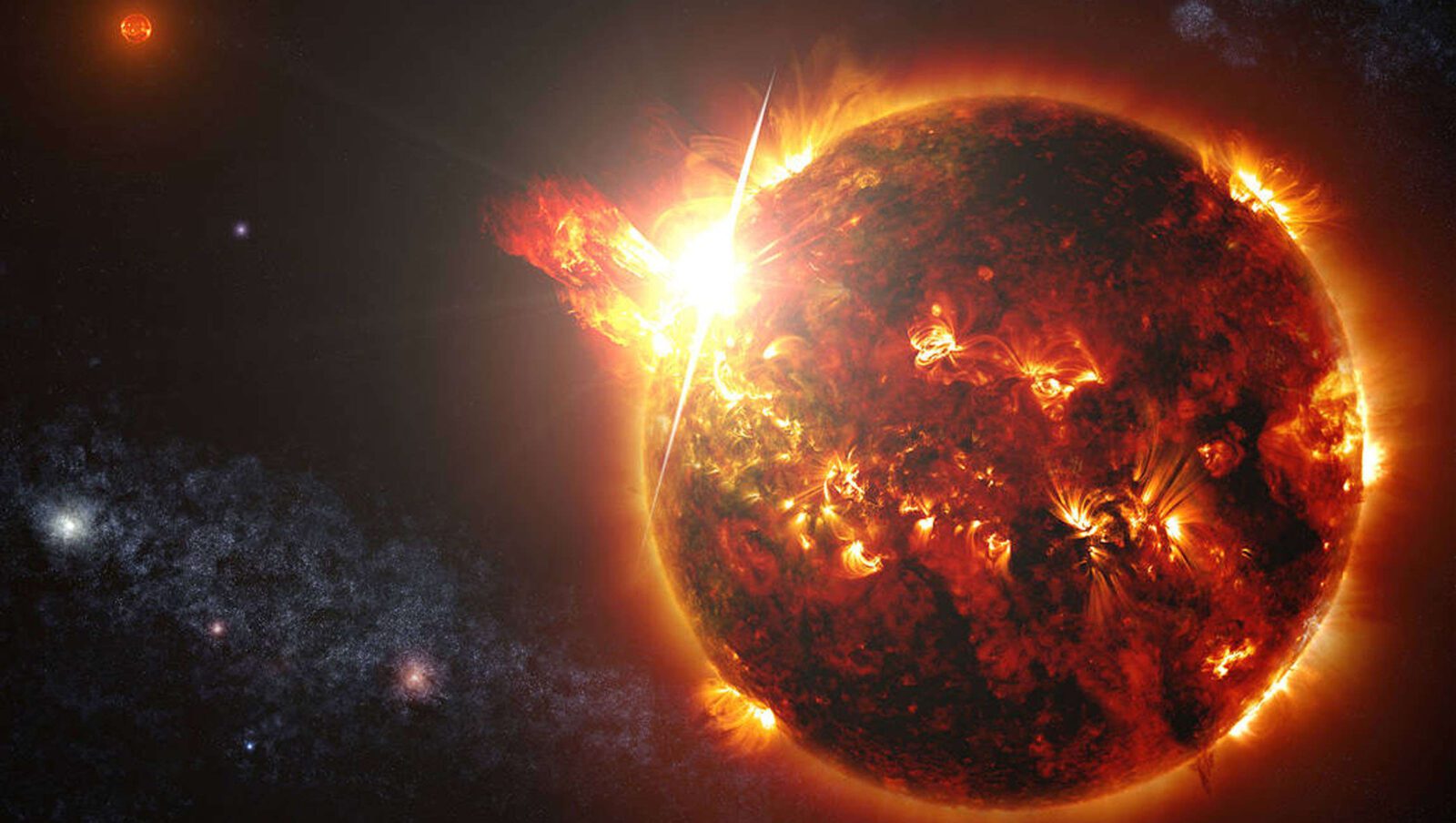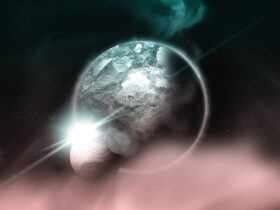The Sun is perpetually bubbling and bursting thanks to its activity.
If the surface eruptions are big enough, they can send billions of tons of plasma and charged particles towards our planet, according to Sciencealert.
To analyze those sorts of explosions, known as coronal mass ejections, the European Space Agency and NASA launched the Solar Orbiter probe fifteen months ago.
The probe orbited close to the Sun this year, on February 10, when it got within 77 million kilometres of the star, which is approximately half the distance between our planet and the Sun.
As it flew past the star, back to cooler regions of space, the orbiter registered video footage of two CMEs.
Three imagery instruments from the spacecraft analyzed the CME as it left the Sun and propagated throughout space.
The first instrument recorded the star, while the second focused on the energy flow through the Sun’s corona, also known as the outer atmosphere.
The last imager recorded the stream of electrically charged particles, dust, and cosmic rays flowing out into space as a result of the eruption.
Though those outbursts can be beautiful, as they often interact with our planet’s atmosphere to produce the aurora lights, they can also be very dangerous.
In 1989, an abundance of electrically charged particles disabled Quebec’s power for nearly nine hours.
Two other solar storms disabled emergency radio communications for eleven hours soon after Hurricane Irma hit back in 2017.
It is believed that a solar storm may be the reason why SOS broadcasts from the Titanic were unable to be received as it sank in 1912.












Leave a Reply